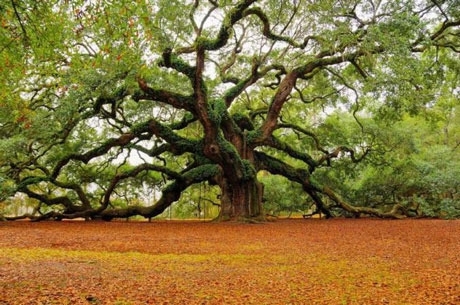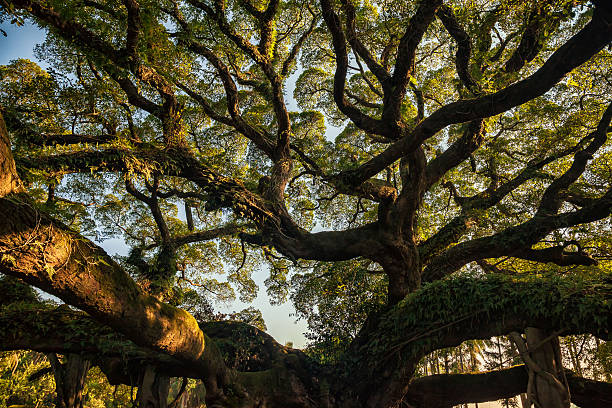In the heart of South Carolina’s lush Lowcountry, amidst the serene beauty of the natural landscape, stands a living testament to history—a nearly 500-year-old oak tree affectionately known as the “Then Qin” oak. This magnificent arboreal wonder, with its sprawling branches and enduring presence, holds within its gnarled bark a rich tapestry of stories and secrets that have unfolded over centuries.

The “Then Qin” oak tree, named after the ancient Chinese philosophy of balance and harmony, has stood sentinel over the land long before the founding of America. Its gnarled branches and massive trunk tell a story of endurance, resilience, and the passing of countless seasons.
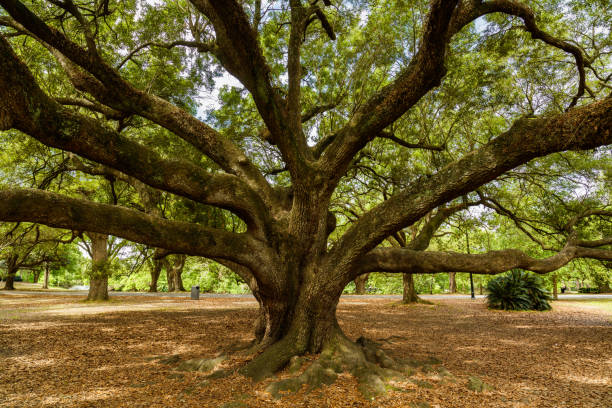
This remarkable oak is estimated to be around 490 years old, making it one of the oldest living things in the state of South Carolina and indeed in the entire United States. It predates the first European settlers in the region, bearing witness to the ebb and flow of history from a time when the land was inhabited by Native American tribes through colonial periods, wars, and social changes.
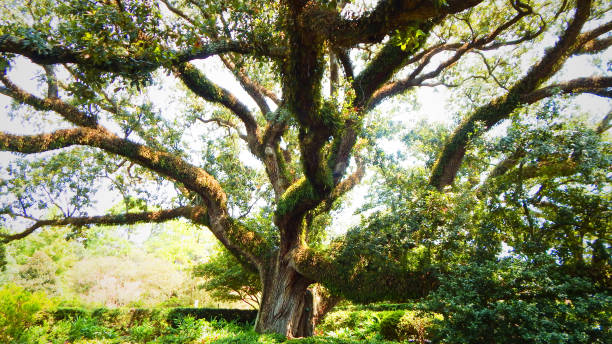
The “Then Qin” oak is not just remarkable for its age but also for its sheer size and majestic presence. Its expansive canopy stretches over 100 feet, creating a natural cathedral of shade beneath its branches. The tree’s branches, laden with Spanish moss, create an enchanting and timeless scene that transports visitors to another era.
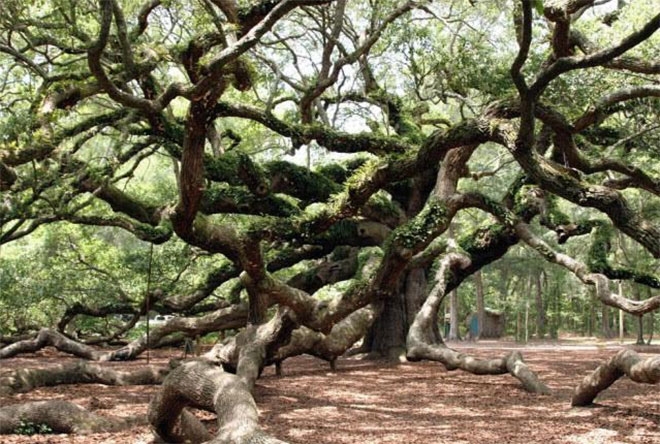
Throughout its long life, the oak has provided shelter and sustenance to a multitude of creatures, from birds and insects to squirrels and raccoons. Its acorns have served as a source of food for countless generations of wildlife, contributing to the delicate balance of the ecosystem.
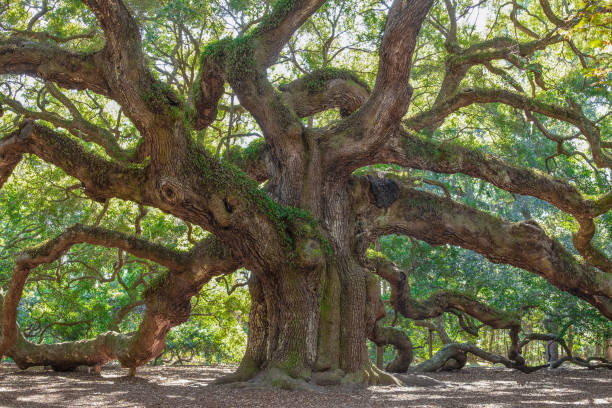
Over the centuries, the “Then Qin” oak has become more than just a tree; it’s a cultural and historical symbol for the region. Its presence has inspired poets, artists, and storytellers, who have celebrated its enduring strength and timeless beauty.
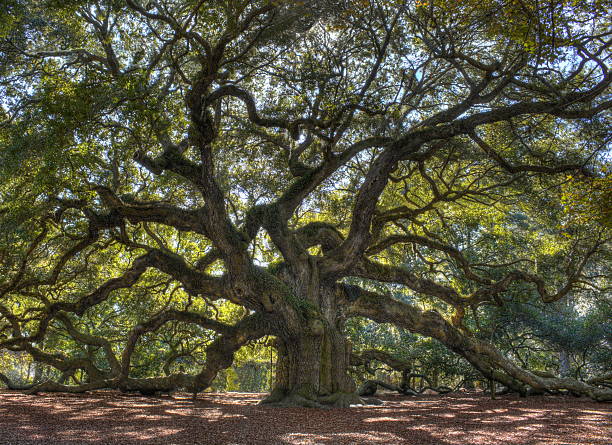
Local communities have rallied to protect and preserve this natural treasure, recognizing its significance as a living link to the past. Efforts have been made to ensure the oak’s continued health and longevity, including regular maintenance and the installation of protective barriers to prevent soil compaction around its roots.
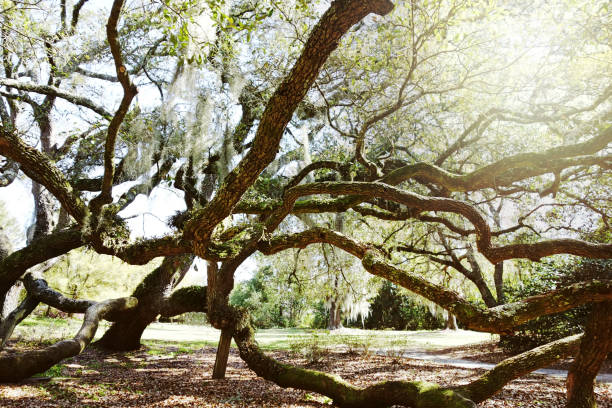
As the “Then Qin” oak tree continues to thrive, it serves as a living reminder of the interconnectedness of nature and human history. Its nearly 500-year journey, marked by resilience and grace, invites us to reflect on the passage of time and the enduring beauty of the natural world.
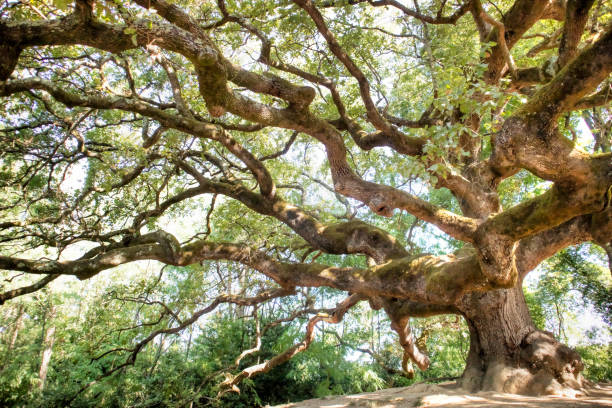
In a rapidly changing world, where much of our history is recorded in books and documents, the “Then Qin” oak stands as a living monument to the past, a bridge between generations, and a symbol of the timeless wonder that can be found in the embrace of nature. Its legacy is a reminder that, even in the face of progress, there are treasures that should be cherished, preserved, and celebrated for the profound stories they carry.
